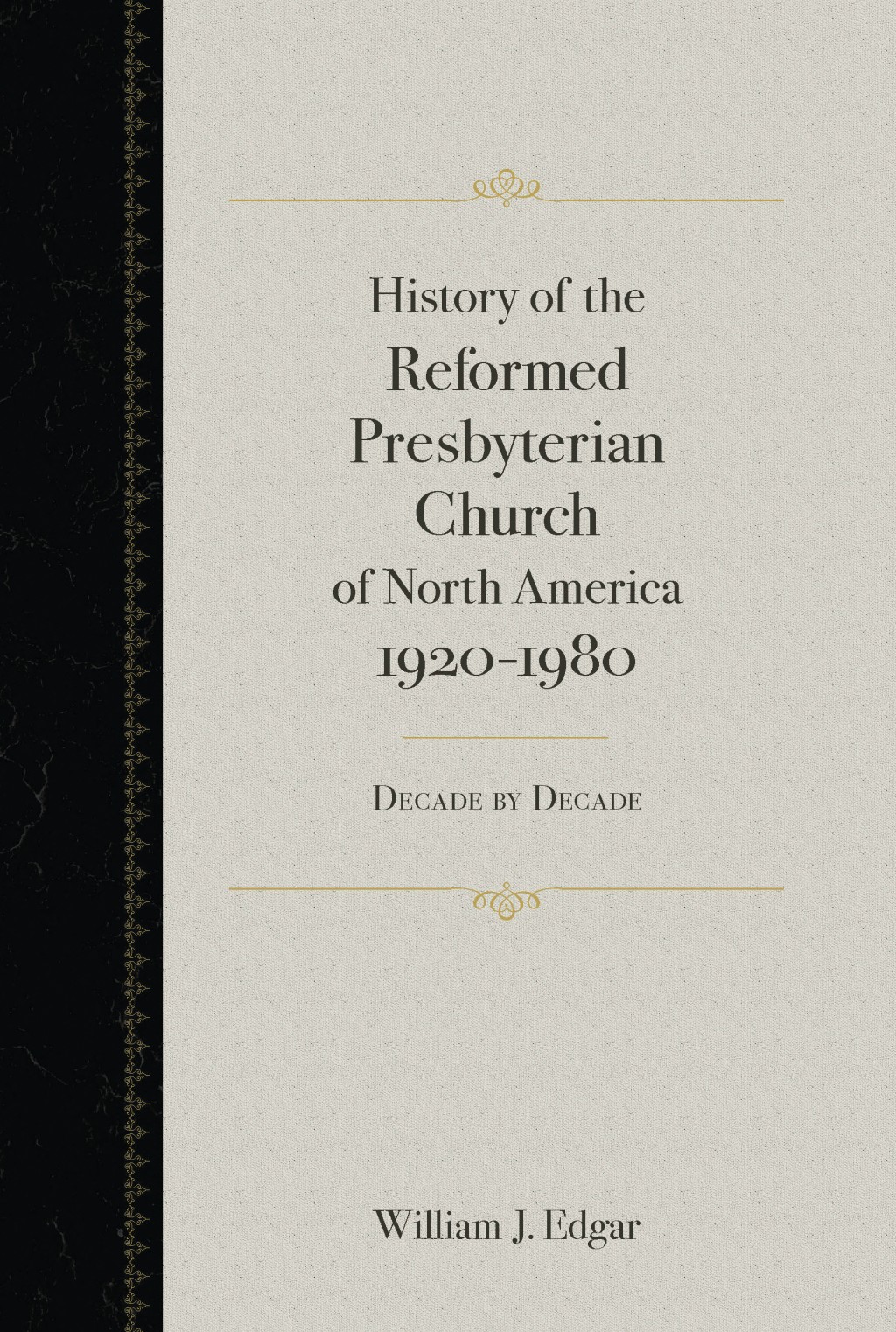You have free articles remaining this month.
Subscribe to the RP Witness for full access to new articles and the complete archives.
“Q. 124. What was the extent of the Covenanter Church in her glory? Under the General Assembly [in Scotland] there were 14 synods, 68 presbyteries, 900 congregations, 1,000 ministers and about 100,000 communicants.”1
It is easy to be poor and then rich, but hard to be strong and then weak. Covenanters who came to America remembered, “Once, we ruled Scotland.” The 1806 Declaration and Testimony of the new Reformed Presbytery opened with “A Brief Historical View of the Church as a Visible Society in Covenant with God.” After 50 pages devoted to “The Church Universal,” it devoted 83 pages to how the Covenanter Church rose to glory, and then internal division and clever, cruel enemies reduced it within one generation to a remnant.2 More than a century later, vivid memories of past glory had not yet faded nor had stories of Covenanter martyrs been forgotten.
In America, the Covenanter Church was never large or glorious. It grew from 3 congregations in 1798 to 125 congregations in 11 presbyteries in 1890, with 11,298 communicants at its peak.3 Immediately following the Disruption of 1891, the Reformed Presbyterian Church lost more than a dozen ministers, several congregations, and more than a thousand members. Then, year after year, this small church continued a steady decline, but it remembered that it was the Covenanter Church.
As heirs of the Second Reformation in Scotland, Covenanters thought like an established church with a duty to address national issues. Its Covenant of 1871 confessed national as well as church sins. It adamantly opposed American slavery and denounced broken treaties with American Indians. Through the National Reform Association, it procured congressional hearings in 1874 and 1896 on a constitutional amendment to recognize Christ as supreme over the nation. It enthusiastically championed Prohibition. Meanwhile, it sent missionaries to freed slaves in Selma, Ala., to the defeated Comanche tribe in Oklahoma, to immigrant Chinese men in California, to immigrant Syrians in Pittsburgh, and to immigrant Jews from Imperial Russia in Philadelphia. In Syria, Turkey, Cyprus, and China, it established schools, gave medical care, and evangelized.
But as it poured men, women, and resources into missions, it insistently asked, “Why are we shrinking in size? What is to be done?” These two related questions permeated Covenanter Church life from 1920 to 1980. Church leaders made varied efforts to reverse the decline. Slowly, a new synthesis of Old Princeton Reformed theology, carried on at Westminster Seminary, together with a militant defense of a cappella psalmody, emerged. In 1980, the church adopted a new Testimony that highlighted the centrality of the Westminster Confession of Faith as its primary subordinate standard. With renewed emphasis on planting churches in North America, the Reformed Presbyterian Church hoped to begin growing again. The new synthesis had only a remnant of the Covenanter social vision that came with an established church’s sense of responsibility for the whole nation, so it generally gave up speaking to the nation or its government as a whole.
It was hard and discouraging to be a Covenanter from 1920 to 1980, but the church accomplished much in those years: produced some valiant Christians, established new missions in Manchuria and Japan, saw “outsiders” join the church even while it lost many of its own children, and slowly strengthened its seminary, college, and home for retired people. In the Christian Amendment Movement, it made one final effort to confront the nation about its collective rebellion against the Lord Jesus Christ.
It is a story that needs telling.
Notes
-
Owen F. Thompson, Scotland Through Her Character Windows: A Catechetical Exposition of Covenanter History (1923), 125. Thompson devotes 228 questions to events in Scotland, from John Knox until the Cameronian remnant renewed the Covenants in 1745. Thompson’s catechism has four questions about “The Covenanters in America” and closes with the poem “The Cameronian’s Dream.” ↩︎
-
Reformation Principles Exhibited, (1911). The Hebrew Scriptures likewise follow Israel’s rise to glory under David and Solomon and then how faithlessness to God’s Covenant led to internal divisions and foreign oppression, reducing a once great nation to a tiny remnant. ↩︎
-
Minutes of Synod (The Reformed Presbyterian and Covenanter: 1890), 325. ↩︎
